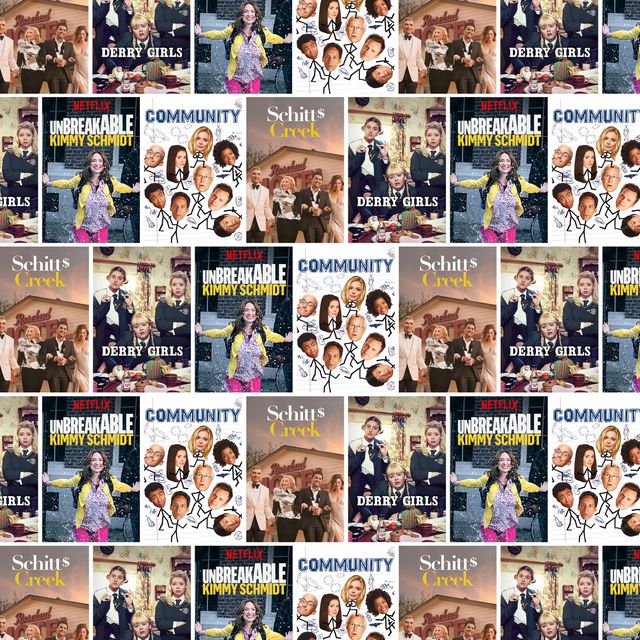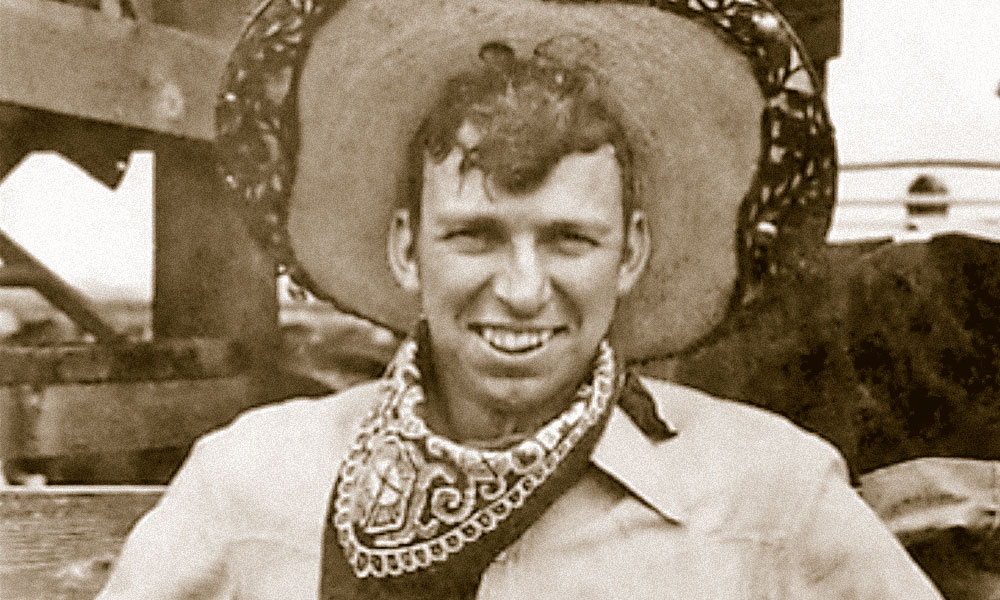
If you're a television fan, you've probably noticed a few fads in real shows like Survivor, This is Your Life, and Deadliest Catch. But what are the actual definitions for these shows? There is no set of rules, so there are no right or wrong answers. Some production companies can be aggressive and create great shows. Other production companies can be more soft-spoken, caring more about their talent.
Fake TV programs
A fake TV series is one whose premise has been fabricated. The storyline is a spoof on something else, usually something ridiculous and unrealistic. There are many examples fake TV shows. This type of show, however, is meant to take aim at television and the 24 hour junk food entertainment. Movies love to pretend they're better TV than them, so many parody TV shows.

Survivor
Survivor has been a hit for decades. But, viewers are still drawn to it. This reality show features real people competing for real prizes. However, producers and directors must balance safety with creating an engaging storyline for their viewers. However, you can expect manipulation editing and questioning techniques.
This is Your Life
This is Your Life is a popular American television show that is hosted by Ralph Edwards. It originally aired on US radio in 1948 and was later moved to NBC television. In the United Kingdom, it was broadcast for the first time on BBC Television in 2005. It was initially a fortnightly or monthly series. The third season made it a weekly show. The web version of the show allows users to rate and vote for their favorite episodes.
Deadliest Catch
Although Deadliest Catch's cast and crew are likely to be good-hearted, they can't guarantee the quality of the final TV product. Instead, the Discovery Channel's producers select the "good" and the "bad" characters to create compelling stories. The episodes feature fishermen boarding fishing boats, heading for the ocean and returning to shore. Film crews spend much of their time at sea to collect footage and then edit it together to make the perfect sequences.
Ice Road Truckers
You may be shocked at the dangers that ice truckers face if you have ever seen a real ice road trucker show. The documentary series follows truck drivers as they travel over iced lakes and icy highways. Trucks transport supplies to miners in the Canadian tundra. Truckers in this position are at constant risk of becoming stuck and could take hours to get help. The show shows the challenges these drivers face, which is not atypical of trucking.

Million Dollar Listing Los Angeles
Million Dollar Listing is the TV show that follows an ambitious young real estate agent as she rises to the top of Los Angeles' real estate market. To sell luxury homes, charm, good looks and business savvy are key. Los Angeles' housing slump could have a negative impact on agents' business prospects. But what about their personal lives and relationships? Will the show's popularity ever end? See the trailer to find out. This show premieres on April 14.
FAQ
Advertisers spend a lot on TV.
Advertisers can spend a lot of money to advertise their products on TV. Advertisers spend a lot of money to get consumers to buy their product.
They do this by spending money to research what people like or dislike about their products.
These data are then used to design ads that appeal and attract consumers by advertisers.
What kind of advertising can a TV show?
Television is a type of communication that uses images to transmit messages. It is the most watched medium in the entire world. The annual value of the television industry exceeds $100 billion.
There are many types of television advertisements. They can be broken down into two main categories.
-
Commercials (also called "TV commercials") are 30 seconds or more in length.
-
Programming/Series is also known as "programming". These programs are typically 20 minutes long. However, some may be shorter.
Commercials are shown during commercial break, which is usually every half hour of programming. They can also be shown when there is no broadcast. This includes infomercials (public service announcements), before and afterwards shows, and so on.
The programs are the heart of every channel. Most channels have multiple series that air every week. Some networks show only one series per week. Others will run multiple series simultaneously. Some channels specialize in airing movies, sports events, news, etc.
Advertising on television has experienced significant change since its creation. Television was first used for entertainment in the 1950s. People would watch TV shows like I Love Lucy and Father Knows Best before heading outside to have fun with their friends. As technology advanced, however, people began using television more often to get information about products and services. If someone wants to purchase a car, they can watch an advertisement for the model and see what features are available.
How much does a commercial cost to produce?
Producing commercials costs money. The amount depends on the length of the spot, the number of actors involved, the location where the shoot takes place, etc.
A 30-second commercial usually costs $20,000-40,000.
Statistics
- In fact, when the ad first launched, Dos Equis quickly became one of the fastest-growing beers, increasing its sales by over 22%. (qualitylogoproducts.com)
- This includes 97 percent of Gen X, and 95 percent of Millennials. (marketingevolution.com)
- Video-ad views on OTT (over-the-top) devices grew 63% year over year in Q3 2016, and the trend is expected to continue, further crippling traditional TV advertising. (clearcode.cc)
- To get estimated costs for airing a 60-second TV commercial in different regional markets, check out the following figures in this TV ad pricing chart from the media experts at Casual Precision. (fitsmallbusiness.com)
- In fact, 76% of people completely skip the commercials while watching their programs. (qualitylogoproducts.com)
External Links
How To
How do I buy TV time?
Step one is to make sure that you have an idea. If you don’t then you don’t necessarily need to invest in airtime. You can pitch ideas to local stations. They are often in search of original content.
If you're lucky enough to find a station willing to give you free airtime, you should start by researching what they've done in the past. You might find something you can use from these shows.
The next step is to make a script. Be sure to structure it and write well. It doesn't matter how long it takes to write as long as it's completed within a reasonable amount of time.
Finally, when you're satisfied with the script send it to the station. Let them know who you are and why you believe this show would succeed. Also, let them know what format you prefer.
You'll probably also need to provide references (like other shows they've produced) and examples of previous scripts you've written.
If you receive a reply, you'll be able to determine if you have a chance at the show's airing. Contacting someone involved in the show is the best way to get a reply.